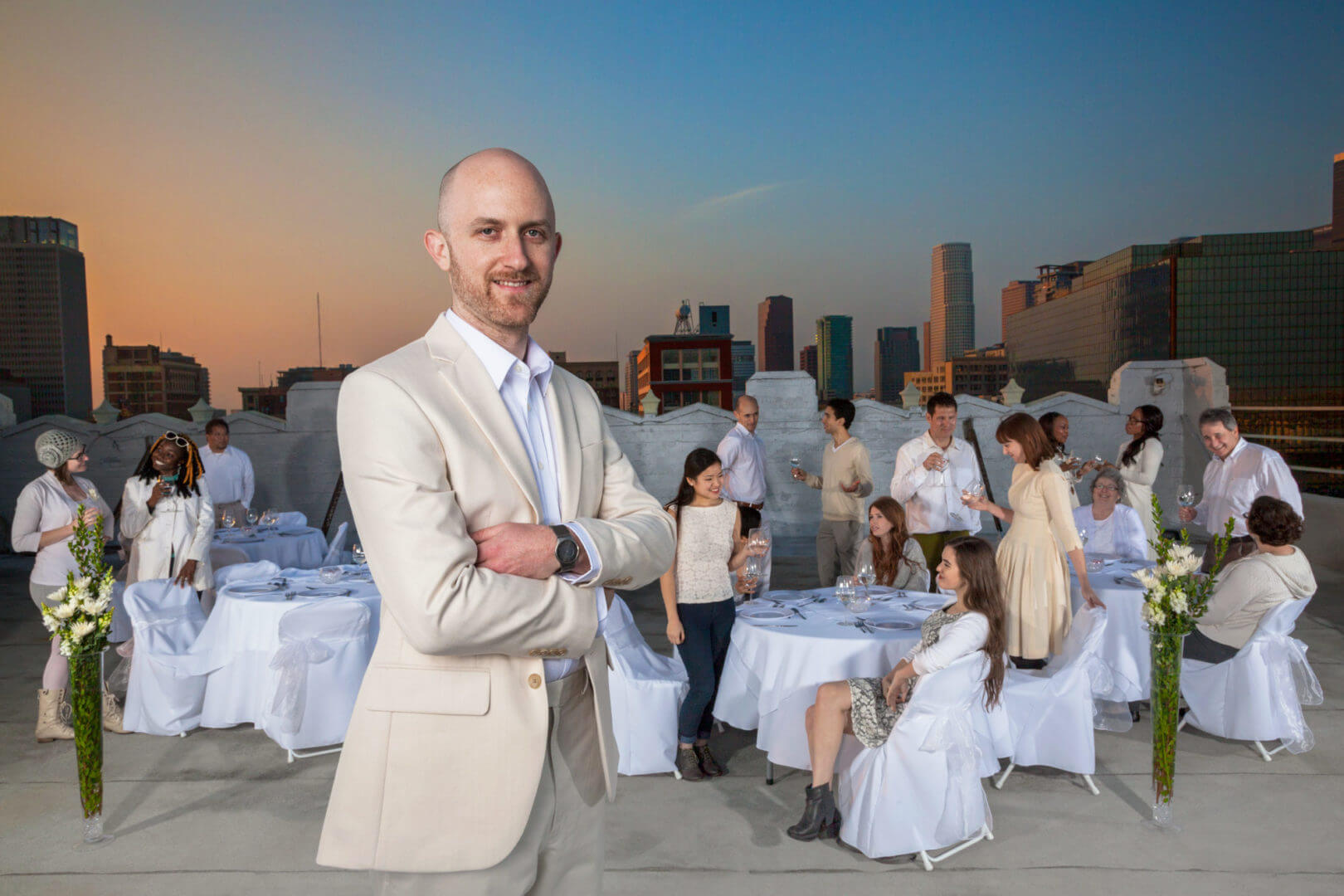Pretty In White
George Ban-Weiss is to rooftops what Michael Jordan is to basketball: an original.
The assistant professor at the USC Viterbi Sonny Astani Department of Civil and Environmental Engineering has undertaken groundbreaking research into how dark and other non-reflecting residential roofs contribute to warmer homes, higher air conditioning bills and “urban heat islands”— a phenomenon in which cities are several degrees warmer than surrounding areas. That warmer air in some cases exacerbates air pollutants like ground-level ozone.
In two recent papers, Ban-Weiss and his co-authors looked at roofs in seven California cities: Los Angeles, Long Beach, Bakersfield, San Francisco, San Jose, Sacramento and San Diego. Employing algorithms to extract data from aerial images along with sophisticated modeling, they found that dark, heat-absorbing residential roofs predominated in all the municipalities.
Los Angeles, for instance, posted an average of 0.17 on a sunlight reflectance scale between 0 and 1. That means the majority of the city’s rooftops, especially residential roofs, are dark. They also found that converting Bakersfield’s heat-absorbing roofs to reflective materials could reduce afternoon summertime temperatures by up to 0.2 degrees Celsius.
“If you change roofs from dark to very reflective, you can save, on average, 10 to 20 percent on the air conditioning energy bills, as well cool the surrounding environment a bit,” said Ban-Weiss, whom MIT Technology Review named in August 2014 among the world’s 35 top innovators under the age of 35.
Ban-Weiss’ roof expertise appears to have had an impact on policymaking.
In 2013, Ban-Weiss made a presentation at a conference organized by the advocacy group Climate Resolve on ways to improve the city’s climate resilience. Then–Los Angeles Mayor Antonio Villaraigosa delivered the opening remarks at the event.
“The maps that I created made it very clear that the current state of residential roofs in Los Angeles is very inefficient and that there’s room for a lot of improvement,” Ban-Weiss said.
Through his staff, Villaraigosa was already aware of Ban-Weiss’ research, according to Craig Tranby, environmental supervisor at the Los Angeles Department of Water and Power. A few months after the conference, the Los Angeles City Council passed an ordinance mandating that roofs on new homes be light colored or reflect in the near-infrared part of the spectrum so that they maintain their dark appearance without absorbing heat. Mayor Eric Garcetti signed the ordinance in January 2014.
“George definitely played a role in all this,” Tranby said.
Ban-Weiss hopes his research findings might encourage other cities to follow Los Angeles’ lead in regulating residential roofs.
“It’s fulfilling to know that the research I’m doing could have an impact on actual policy and help result in reductions in air conditioning energy use and heat in cities,” Ban-Weiss said.




